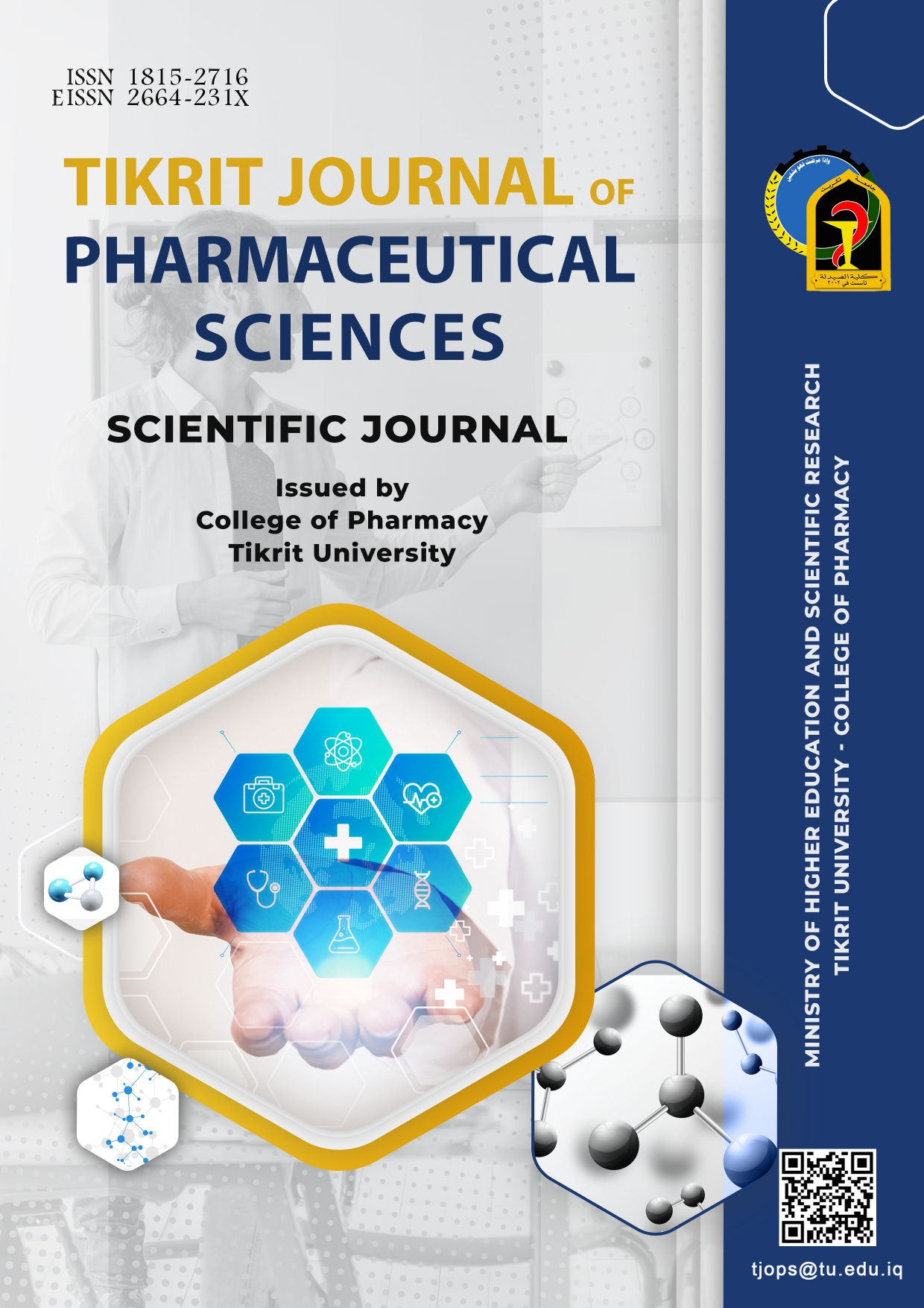Antibiotic UTIs susceptibility of bacterial in Tikrit city
DOI:
https://doi.org/10.25130/tjphs.2025.19.1.5.47.54Keywords:
Urinary Tract Infections, Antibiotics, Resistance, Sensitivity, BacteriaAbstract
Background: Urinary Tract Infection (UTI) is defined as a condition where pathogen infection occurs upon the urinary tract. The most common symptom is infection, however there are rare cases that it may become life-threatening. UTI is a critical infection since it could result in high mortality and morbidity for both males and females. For the past 10 years, it was a challenge to treat and it is worsened by antimicrobial resistance, resulting in a grave health issue.
Objectives: The purpose of this study is to explore bacterial resistance to a few antibiotics that are being used to treat UTIs within the city of Tikrit.
Methods: The study sample consists of 25 gram-positive that made up of 10 isolates, which consist of Staphylococcus aureus and 1 of Staphylococcus epidermidis. The remaining is gram-negative bacteria that consist of 5 isolates of E. coli, 7 of Klebsiella pneumoniae, and 2 of Proteus mirabilis. These bacteria are isolated from patients. Vitek2 system was used to diagnose the isolates. This study adopted the Disk diffusion method in order to test the isolates’ sensitivity upon the eight antibiotics.
Results: The findings show Meropenem has 80% sensitivity while the sensitivity of Levofloxacin, Gentamicin, and Amikacin range from 60% to 68%. The highest resistant rate occurs with Trimethoprim-sulfamethoxazole (TM) at 36%. Meanwhile, Cefotaxime, Ceftriaxone, and Amoxicillin-clavulanic acid’s resistant rate is at 28%.
Conclusion: The isolated bacteria demonstrate high sensitivity when being subjected to Meropenem. However, it is very resistant toward Trimethoprim-Sulfamethoxazole.
Downloads
Published
How to Cite
Issue
Section
License
Copyright (c) 2025 THIS IS AN OPEN ACCESS ARTICLE UNDER THE CC BY LICENSE http://creativecommons.org/licenses/by/4.0/

This work is licensed under a Creative Commons Attribution 4.0 International License.
This is an open-access journal, and all journal content is available for readers free of charge immediately upon publication.






